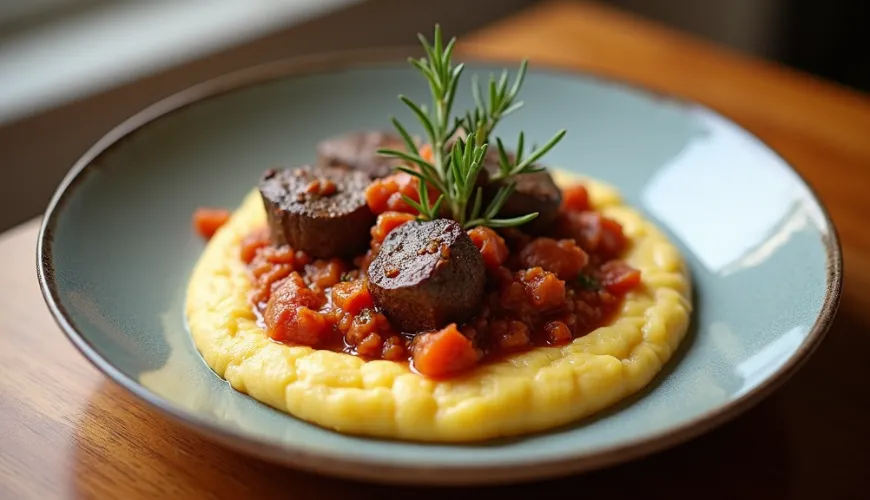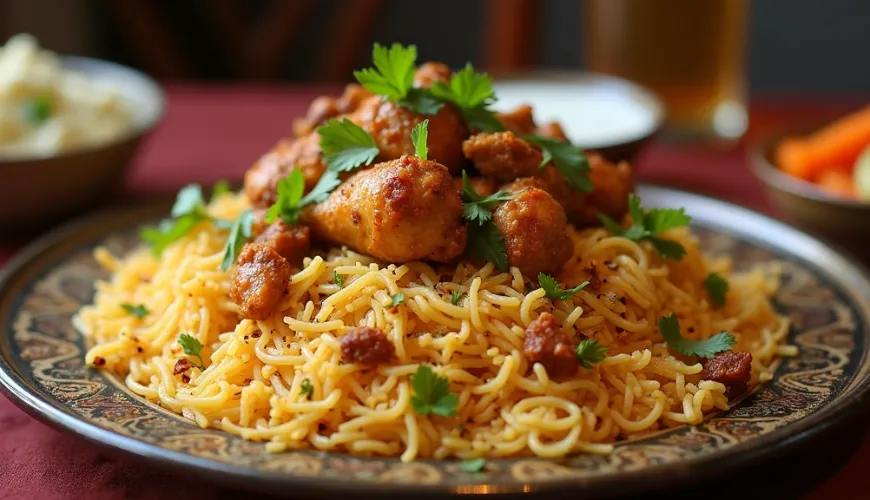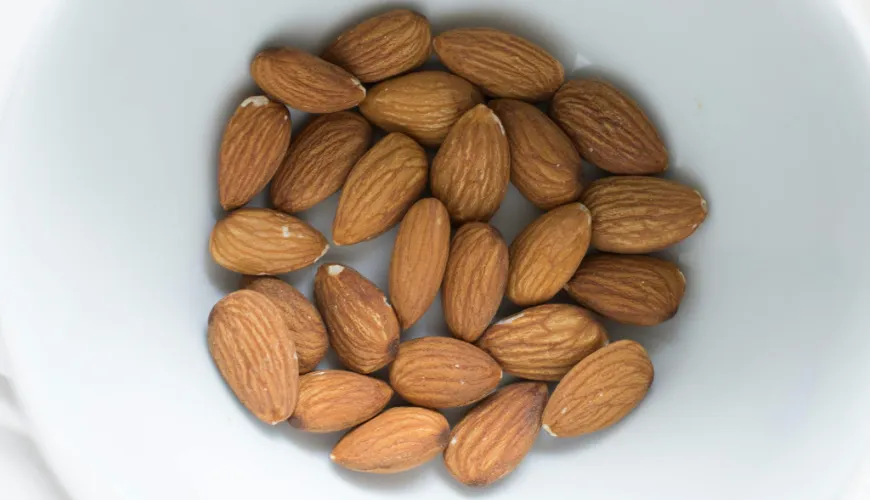
Biryani as an Indian Classic and Its Fascinating Story

Aromatic Journey to India - Everything You Want to Know About Chicken Biryani
Imagine the aroma of saffron, cardamom, and ginger wafting from the kitchen, instantly filling the entire apartment — making you feel as if you've landed in the middle of an exotic market square somewhere in Delhi. Biryani, one of the most iconic dishes of Indian gastronomy, is exactly such a dish: rich in aromas, flavors, and stories. And especially chicken biryani, which has become a popular variant not only in India but also in households around the world, represents a fascinating blend of spices, meat, and rice worth discovering.
While we are used to simpler one-pot meals in our regions, like Czech risotto or Spanish paella, biryani takes this concept to a completely different level. It is not just food — it's a ritual. Whether prepared for festive family events, weddings, or as an exceptional Sunday lunch, the recipe for chicken biryani is always associated with care, patience, and an eye for detail.
Where Does Biryani Come From?
Although today we find biryani in Pakistani, Bangladeshi, or Sri Lankan cuisine, its roots lie in India, specifically during the Mughal Empire. The original recipe likely evolved from Persian pilaf — a dish of stewed rice, meat, and spices brought by Muslim conquerors. In India, biryani acquired its present form — with the typical layering of spiced meat and fragrant basmati rice, often complemented with fried onions, yogurt, or saffron.
The chicken version of biryani is lighter than the lamb or beef versions, and therefore it is especially popular with home cooks for everyday occasions. Moreover, chicken is more versatile and quicker to prepare, making it an excellent choice even for those just starting with Indian cuisine.
Biryani is Not Just One Dish
Although it may seem that biryani is one specific recipe, the opposite is true. In India alone, there are dozens of regional variants. For example, Hyderabadi biryani is known for its intense flavor and the fact that the meat and rice are cooked together, while in Kolkata biryani, you will also find boiled potatoes as a legacy of Bengali tradition.
In some areas, the meat is first marinated in yogurt and spices overnight, while in others, specially flavored rose water is used. However, all versions share one thing: an emphasis on layering, balance of flavors, and harmony between rice and meat.
Home kitchens, including those in the Czech Republic, often use simplified methods today, but they preserve the essence of this rich dish. Thanks to the availability of quality spices and rice even in our market, everyone can prepare authentic biryani according to their own possibilities.
What Makes Chicken Biryani So Special?
Let's start with spices — they are the heart of every biryani. Cardamom, cloves, cinnamon, cumin, coriander, turmeric, garam masala, ginger, and garlic — this combination creates a distinctive flavor that is both sharp, fragrant, and warming. Add saffron soaked in milk, which gives the rice a golden hue and a subtly sweet aroma, and you have a dish that tastes like something out of the Arabian Nights.
Chicken is usually marinated for several hours (sometimes overnight) in yogurt and spices, which adds tenderness and ensures it is well-flavored inside and out during cooking. Rice — ideally basmati — is pre-cooked until almost tender and then layered with meat, onion, saffron, and fresh herbs (such as mint or coriander) in one pot.
The whole mixture is then steamed either in the oven or on the stove under a lid, ideally weighted down with something heavy to keep the aromas and steam inside. This cooking method is called "dum" in India, and it gives biryani its characteristic depth of flavor.
How to Prepare Chicken Biryani at Home?
The recipe for chicken biryani itself may seem complicated, but with a bit of planning and the right ingredients, it can be managed even on a weekday. Patience is key, as well as not being afraid of spices — they are what make the difference between bland rice with meat and a full-fledged culinary experience.
Here is a simplified version of the procedure:
- Cut the chicken into pieces and marinate in a mixture of yogurt, garlic, ginger, and spices (e.g., garam masala, turmeric, chili).
- Let it marinate preferably overnight.
- Cook the rice separately until about 80% tender.
- Fry the onion until golden and set some aside for garnish.
- In a pot, layer the meat, rice, onion, saffron milk, mint, and coriander.
- Cover and steam on low heat for approximately 30–40 minutes.
The result is a dish that smells both traditional and exceptional. Although the preparation may seem challenging at first glance, the reward is a complex, fragrant, and utterly unforgettable dish that will delight even the most demanding gourmets.
Biryani on a Czech Table?
Who would have thought a few years ago that Czechs would embrace curry, hummus, or kimchi? World cuisines continuously inspire us and biryani is another example of how even more complex exotic recipes can naturally become part of our home rituals.
For example, Veronika from Central Bohemia started experimenting with Indian cuisine during the pandemic. Today, she regularly cooks chicken biryani for her family and friends. "At first, I was a bit intimidated by the amount of spices, but once I tried it, I completely fell for it. Now I have a small collection of spice jars at home and make biryani almost every month," she says with a laugh.
And stories like these show that even a traditional Indian dish can find its place in modern Czech cuisine. All it takes is a bit of courage, an open mind, and the right ingredients.
Biryani and a Sustainable Approach
In a time when more and more people are striving for a more sustainable lifestyle, even the choice of ingredients for biryani can be a step in the right direction. Using organic free-range chicken, choosing quality rice from organic farming, or opting for spices from fair trade sources — all contribute to greater consideration for the planet and the people behind the food.
Moreover, if there are leftovers, biryani tastes great even the next day — a great way to minimize food waste. In many Indian families, it is common to serve leftover biryani with fresh yogurt or pickled vegetables, adding a new dimension to it.
As the well-known Indian chef Ranveer Brar says: "Biryani is not just food. It is the story of every home, every kitchen, every region." And who knows — maybe that story will soon spread to your home.
Whether you decide to try a chicken biryani recipe from an old grandma's book or get inspired by modern video recipes, one thing is certain: biryani is more than just a dish — it's an experience. And such experiences make cooking an art and dining a pleasure.

